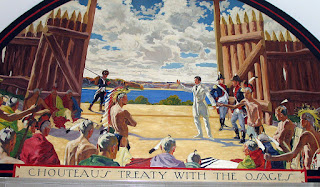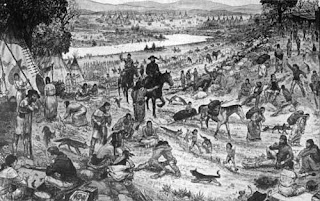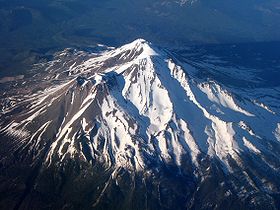Indian Agent: William Clark, 1770-1838

William Clark wore many hats on the frontier, explorer, military officer, trader, Indian agent, planter and businessman. Like many people who lived in close proximity with Native Americans, his attitude toward them and dealings with them were conflicted many times over. Clark, 1770-1838, is best known as one of the co-leaders of the Lewis and Clark Expedition of 1804-1806. That expedition and all that it accomplished are out of the scope of this blog and beyond encapsulating in a single post. The point here is to look at Clark's dealings with Native peoples post-expedition, when his position as Indian Agent ad Missouri governor made him responsible for implementing United States policy toward them. Clark was born in Ladysmith, Virginia to a large plantation family on the edge of the Virginia frontier. Though he was too young to fight in the American Revolution, he was a remote witness to it. His older half-brother was George Rogers Clark, renowned i...

























